Last Tuesday we did plenty of work with whole numbers and algebraic notation, and I was really keen to explore some fractions with them today; we completed a big unit of work on fractions before half term, but some of them didn't do so well when I assessed them, so I need to keep coming back to this with them.
A key issue that we've been trying to work around is the meaning of the numbers in a fraction; we've reinforced this loads with bar modelling, but the Cuisenaire stuff links in so nicely that I decided we'd take the opportunity to attempt some fractional expressions.
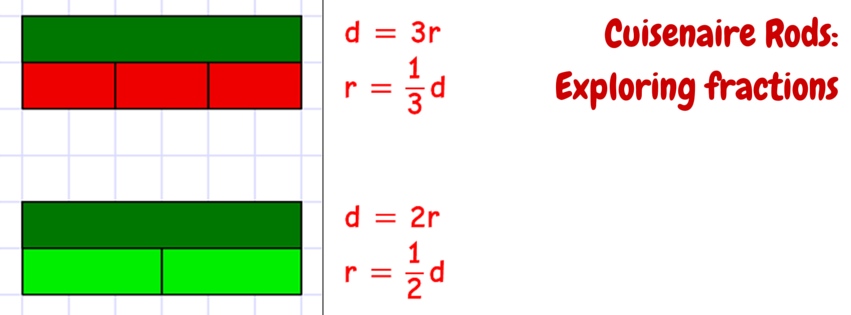

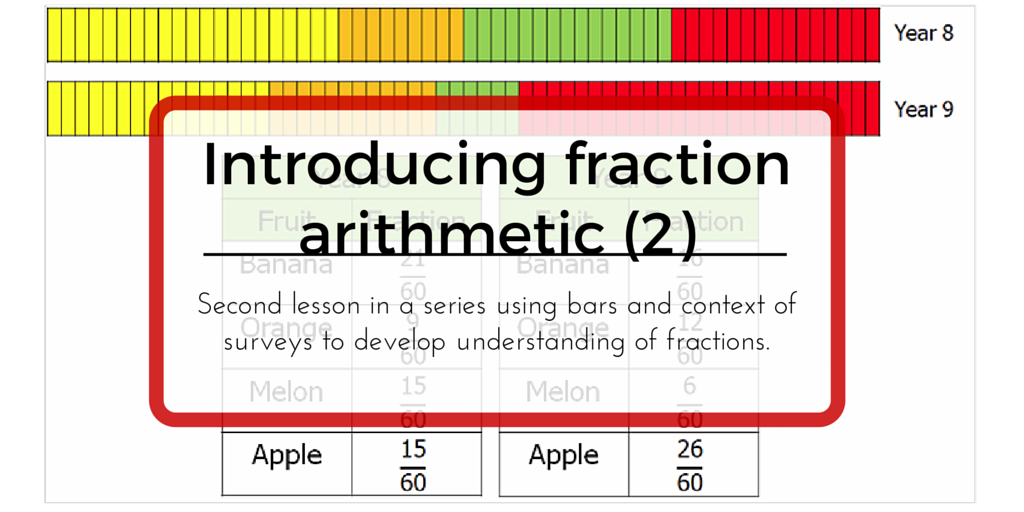
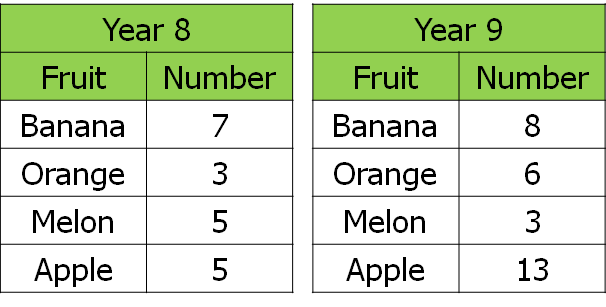

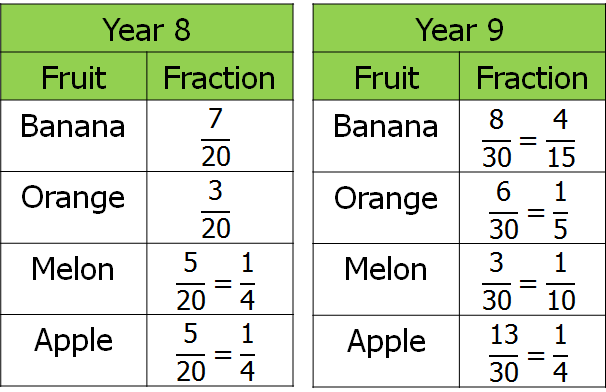

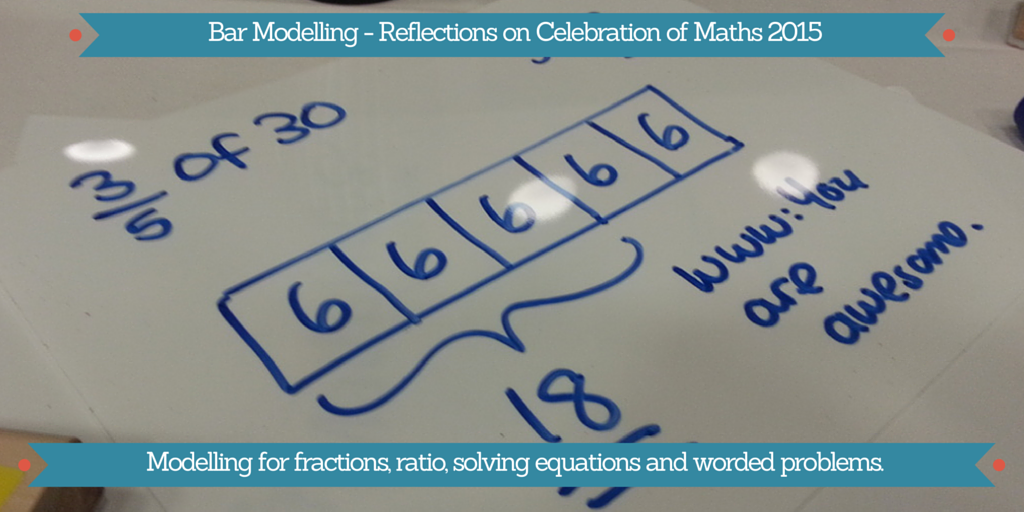
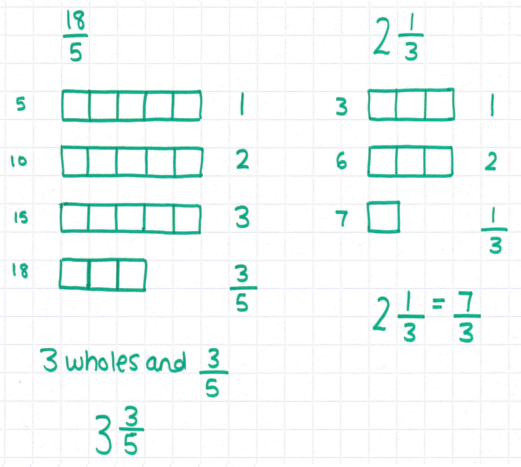

 RSS Feed
RSS Feed
